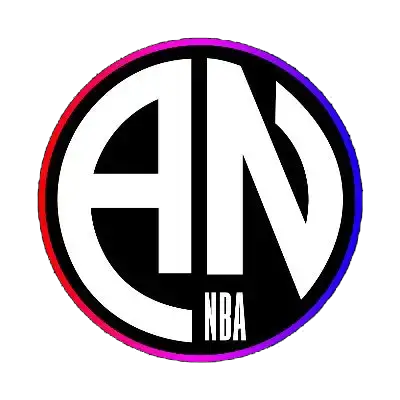The “Death Lineup” is the newest trend in the NBA today. But what exactly constitutes a “Death Lineup?”
The NBA is changing. They have moved from Adidas to Nike, implemented a minor league system in the G-League, and they are scoring more points than ever before. The days of the throwing it down to the big man on the block and letting him work are all but gone.
The current pace of play in the NBA is the fastest it has ever been and it is all thanks to the Golden State Warriors. Steve Kerr and his small ball, fundamental, ball movement offense have set the league on fire. Of course, it helps to have superstars, but many teams are trying to imitate what has been a championship blueprint.
The Warriors call their lineup of Stephen Curry, Klay Thompson, Andre Iguodala, Kevin Durant, and Draymond Green the “Hamptons 5,” but it was originally deemed their death lineup. Let’s be real, the Hamptons 5 sounds like the name of some boy band in the 90’s that never made it, and no one is scared of that.
Mike D’Antoni tried this small ball, fast-paced style of play in Phoenix rolling out a lineup of Steve Nash, Joe Johnson, Quentin Richardson, Shawn Marion, and Amare Stoudemire. Was this lineup the original NBA “death lineup?”
Defining A Death Lineup
So what makes a lineup a death lineup?
1. Offensive Mismatches in the Frontcourt
First thing to point out about D’Antoni’s Suns team is that while Shawn Marion was Draymond Green-like, Amare Stoudemire was not in the same galaxy as Kevin Durant as an offensive threat. Both Marion and Stoudemire were lob threats off the pick and roll with an occasional three-pointer from Marion.
Most teams are adjusting to the small ball era by playing a “stretch four,” but still next to a traditional center. There are some exceptions such as Marc Gasol and Karl Anthony-Towns being able to spread the floor themselves.
Whether it is Durant or Green listed at center in the lineup, both present an athletic mismatch for the opposing center. Durant is obviously a top two player in this league, and Green is an athletic hustle player that can also knock down the long ball at a decent clip.
Running five players on the floor that can all knock down shots efficiently is only the first step to building the ultimate death lineup.
2. Defensive “Switchability”
Perhaps the biggest knock on the small ball Phoenix Suns was their lack of defense. D’Antoni’s first year in Houston with James Harden was the same story. The success of any death lineup hinges on the versatility of the defense. Just look at what the additions of Chris Paul, PJ Tucker, and Luc Mbah a Moute to Houston’s rotation did for them.
The casual NBA fan will know that the Golden State Warriors can put up points in bunches. Many fans, however, may not realize they are also one of the top defensive teams as well. Talk about having it all. Their death lineup features two elite individual defenders in Thompson and Green, an elite help-side defender in Durant, an above average defender in Iggy, and their weakest defender just happens to be one of the most lethal shooters of all time.
Any coach worth their weight will devise a game plan to create mismatches throughout the game to provide their best players and team the best opportunity to succeed. One of the easiest ways to create a mismatch is the pick and roll. A player like Andrew Bynum being switched onto someone like Russell Westbrook or James Harden makes for an easy bucket.
What happens when Kevin Durant is switched onto the guard? The mismatch is now in favor of the defense. A death lineup creates no definitive mismatch on the defensive end of the floor.
3. The Right Player Not Always the Best Player
A death lineup does not require that the best five players on the roster to be on the floor. Some of the best offensive players are terrible defenders and many of the traditional centers offer no floor spacing. There are scenarios that a death lineup is better without one of the team’s top five players.
If Dwight Howard cannot switch onto a guard or spread the floor, does he make sense to be in this lineup? No.
So to clarify, a death lineup is not necessarily the starting five or the best five. The Death Lineup is the lineup to use in the clutch moments of games, the closing minutes of a tight game, or even a time to put separation between your team and a team hanging in the game longer than comfortable.
Which “Death Lineup” in the NBA is the best?
Over the next few weeks, we will build the death lineups for each team and count them down from 30 to one. Do the Warriors, the creator of the death lineup, truly have the best death lineup? Or is there a team out there with a more deadly lineup, not yet tapped in to? Stay tuned.






